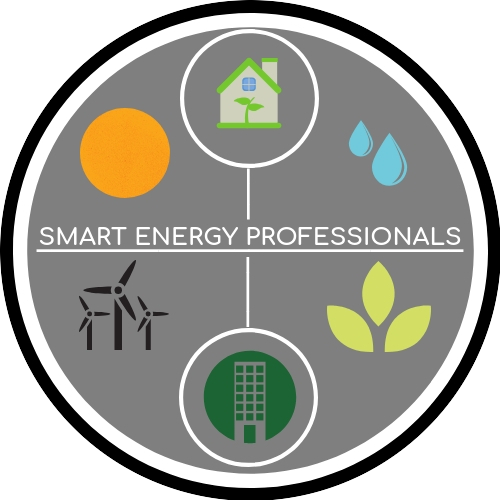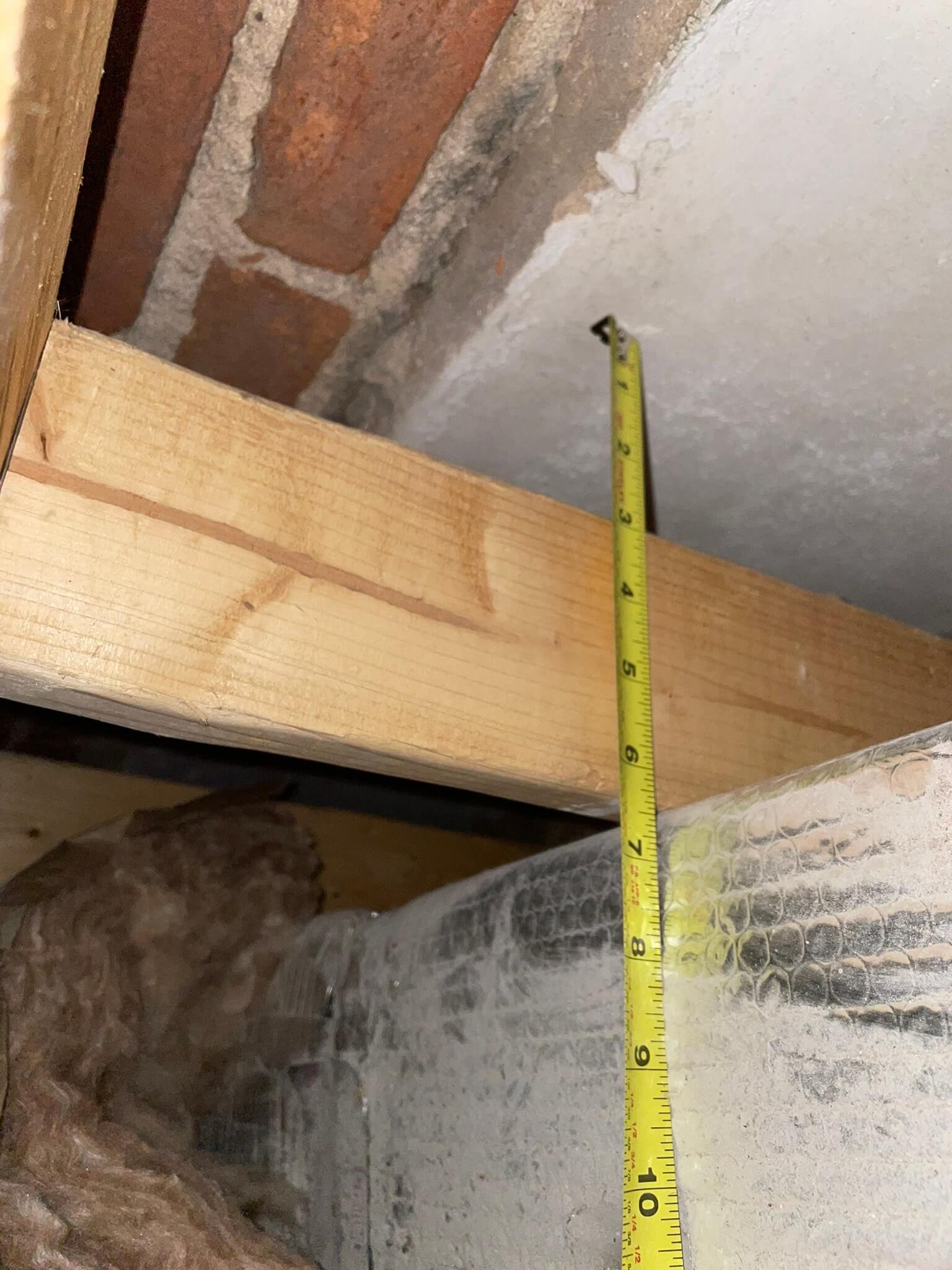Does My Baltimore Home Need Wall Insulation?
How an energy auditor analyzes a home’s walls and what can be done about it.
Baltimore has very old housing stock and with that comes discomfort and high energy bills for homeowners. One reason is because of lack of insulation within the walls. This blog post will provide a guide to homeowners to understand this project and if it’s right for them.
The above shows an infrared and digital image of two separate walls. The walls on the right were formerly part of a garage that was brought into the living space. Unfortunately the contractor forgot to add insulation.
How much Insulation Should I have?
For homes that are already built, walls should have R-13 worth of insulation. This is in contrast to new homes that are now required to have R-20 in their wall cavities. R-13 generally equates to about 4 inches of insulation but can change based on the chosen insulation material. At Smart Energy Pros we stick with R-13 for pre-existing homes.
How can my Wall Insulation Be Examined?
It is very important to examine the walls first before any work is done to determine if there is a need or if the project is even feasible. At Smart Energy Pros we always perform an infrared scan during an energy audit. An infrared camera is used to show hot or cold spots which would indicate missing or poorly installed insulation. If a more thorough examination of the walls is needed then a 1/2” hole can be drilled so that a snake camera can be used to inspect the wall cavity. This hole will be patched with drywall putty. Whatever is found will be shown to you and be included within a report as part of an energy audit.
A hole was drilled in the first floor wall in an unnoticeable spot to measure the cavity depth. In this case, there isn’t enough space to recommend action. The hole was patched and spackled.
Should I Add Insulation To My Walls?
It all depends on your goals! This is because if you want to make your home more comfortable or save money on heating/cooling bills then there is likely a more cost effective option. An energy audit is a great way to understand what those better options are. Otherwise, in order to feel a significant difference we recommend an additional 3 inches of insulation should be added to the wall cavity.
How Can My Walls Be Insulated?
From The Attic - In rare cases wall cavities can be accessible from the attic and so insulation can be blown into them. If this is the case then usually it’s only some wall cavities and some may not be fully accessible. This is the best option because it does not require any holes to be drilled.
From The Outside - Certain siding can be removed temporarily so that holes from the outside. Holes are drilled at the top and bottom of each cavity and once completed insulation is then blown into the cavity. Holes are covered and the siding is reapplied.
From The Inside - This is the likely option for most Baltimore residents. Holes are drilled at the top and bottom of the cavity but more may need to be drilled depending on the build. This option is generally the most expensive due to the time and effort to patch, spackle and paint over the holes.
Tear Down - If you are renovating a kitchen, bathroom, or other section of your home then this is the best time to do an effective job. This is because you will have full access to the cavity.
What Material Should I use?
Densepack cellulose - This is the material that Smart Energy Pros recommends using because this can also reduce air leakage. This can only be applied as part of a “drill and fill” job.
Loose blown fiberglass - This is an option to use to save money but it’s not a good long term solution. This material cannot be tightly packed which will ensure that it settles over time and reduce its effectiveness. This can only be applied as part of a “drill and fill” job.
Spray foam - There are types of spray foam that can be blown into wall cavities. This is not an offering from Smart Energy Pros and is not recommended in general. There are other types of effective spray foam that can be applied during a tear down job that will provide a great solution
Fiberglass Batts - This is a cheap material that can only be applied before drywall is put up. This material especially must be installed effectively for it to actually do its job. Customers
The above pictures show an exterior wall cavity from the attic, a pic documenting the width of the cavity, and the third picture shows the depth from above.
Conclusion
If you are concerned about the comfort and efficiency of your home including wall insulation then request an energy audit with Smart Energy Pros to get started!






